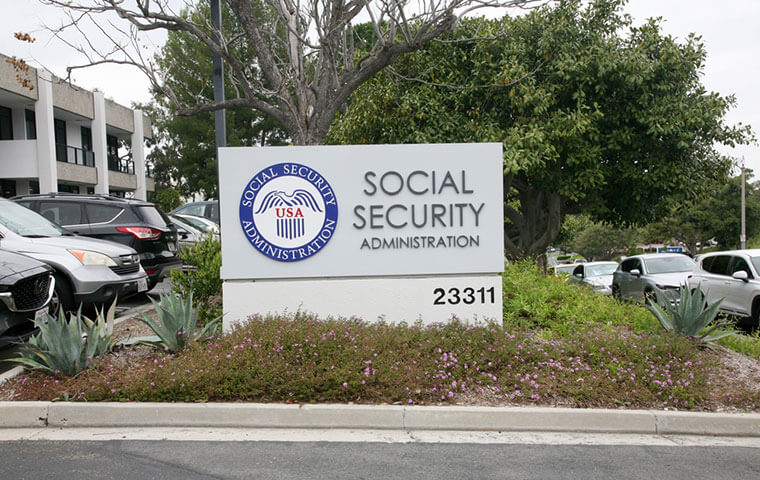 Processing delays in pending actions increased improper payments. Image: mikeledray/Shutterstock.com
By: FEDweek Staff
Processing delays in pending actions increased improper payments. Image: mikeledray/Shutterstock.com
By: FEDweek StaffThe SSA met its goals for the work flow at its processing centers in four of the last six years, but the backlog at those centers increased over that time from 3.2 million to 4.6 million, an inspector general audit has said.
Primary reasons for the increase include “unexpected staff reductions, increased workloads, and less than expected overtime funding it would have used to pay employees to process more PC pending actions,” a report said. The eight centers support field and hearing offices by handling appeal decisions, collecting debt, correcting records, performing program integrity work, and processing other complex benefit payment decisions.
It added: “As the backlog grows, many PC pending actions remain unresolved for long periods of time. From a sample of 139 pending actions, 102 (73 percent) were pending for 300 days or more, with 60 of the 102 pending for 500 days or more.” Such delays “can lead to higher improper payments, which increased some beneficiaries’ financial burden as they waited longer for underpayments or were charged with increased overpayment amounts.”
“If SSA resolved the PC pending actions we reviewed at the earliest possible instance, we estimate it would have determined approximately 528,000 beneficiaries were improperly paid approximately $534 million. After the pending actions were not processed for 12 months, the improper payment amount for those same beneficiaries rose to approximately $756 million. By the time of our review, many of the PC pending actions had been pending for longer than 12 months, and the improper payment amount had increased to approximately $1.1 billion,” it said.
It said the agency agreed with recommendations to develop a workload and staffing plan to reduce the backlog each year; develop performance measures toward meeting that goal; and establish time targets to limit improper payments caused by processing delays.
Senate Eyes Vote to Pay Federal Employees Working Unpaid
Series of Bills Offered to Address Shutdown’s Impact on Employees
Public Starting to Feel Impact of Shutdown, Survey Shows
OPM Details Coverage Changes, Plan Dropouts for FEHB/PSHB in 2026
Does My FEHB/PSHB Plan Stack Up? Here’s How to Tell
2025 TSP Rollercoaster and the G Fund Merry-go-Round
See also,
TSP Takes Step toward Upcoming In-Plan Roth Conversions
5 Steps to Protect Your Federal Job During the Shutdown
Over 30K TSP Accounts Have Crossed the Million Mark in 2025

